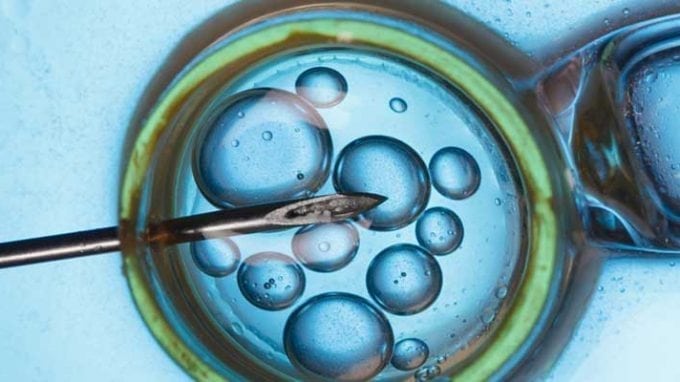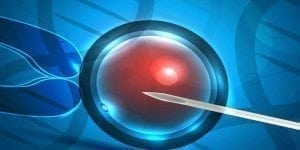Scientists are advancing their studies of in vitro fertilization. New studies replace part of the egg cell and give them new life to increase the rate of success in older women.
In vitro fertilization can be the last hope people cling to when trying to start or grow their family. It has successfully worked for many people and been a source of disappointment for others. However, the newest advancement scientists have discovered may make IVF a more viable option for women over the age of 35.
The Science Behind the Viability of Egg Cells
There are many differences between a man’s reproductive cells and a woman’s reproductive cells. The most notable difference is that a man’s body is constantly producing a multitude of fresh sperm. Men do not normally think about the viability of their sperm because of the vast number of available cells. The egg cells in a woman’s body are not as readily available. Scientists and doctors believe that women are born with a number of egg-producing follicles in their body at birth. The number of egg-producing follicles begins to die when a girl reaches adolescence. As a result, the viability of eggs begins to decrease as a woman ages. There are a lesser amount of eggs that reach the level of maturity to be fertilized to eventually form a baby when a woman is older. Fortunately, this new study may be able to help older women who desire to add to their family.
What Is the Purpose of the Study?

When Will the New IVF Happen?
There are doctors in Britain who are currently trying to get this study approved by the Human Fertilisation and Embryology Authority (HEFA). If the study is approved the doctors will do a trial study with 20 women in 2017. It has not been approved by the United States FDA yet. However, there are clinics in various international countries that are already offering this service to women.
Who Is Behind the Research?
The research that supports this new process was developed by a team in Boston called OvaScience. The discovery of the stem cells hidden in the uterus was done by a team at Massachusetts General Hospital, and they have continued to research how this could impact women’s reproductive health and improve the success of in vitro fertilization. New Scientist also reported that OvaScience is credited with developing the ovarian stem cell process that has blessed at least one family with a beautiful baby boy.
There is a website with the information behind the Augment process, but they clearly state it is not yet available in the US. The process is available in other international countries, but will not be available in the United States until it is approved by the FDA. They do caution anyone who is interested to consult their own in vitro physician before discussing the “Augment” process. However, this could be a great discovery to increase the success of in vitro fertilization in women everywhere.




